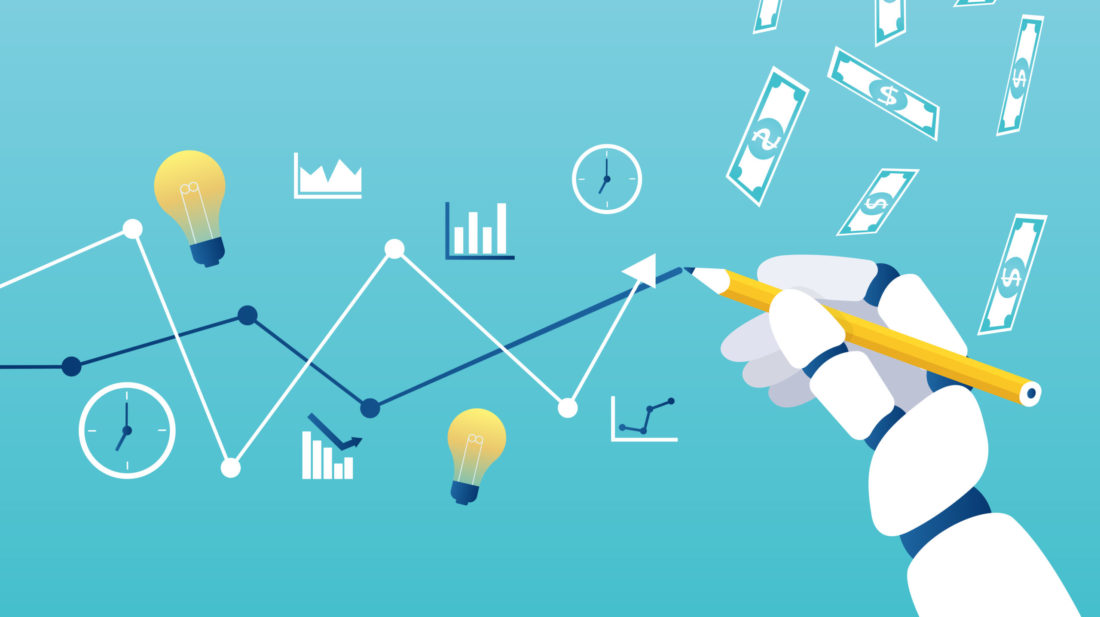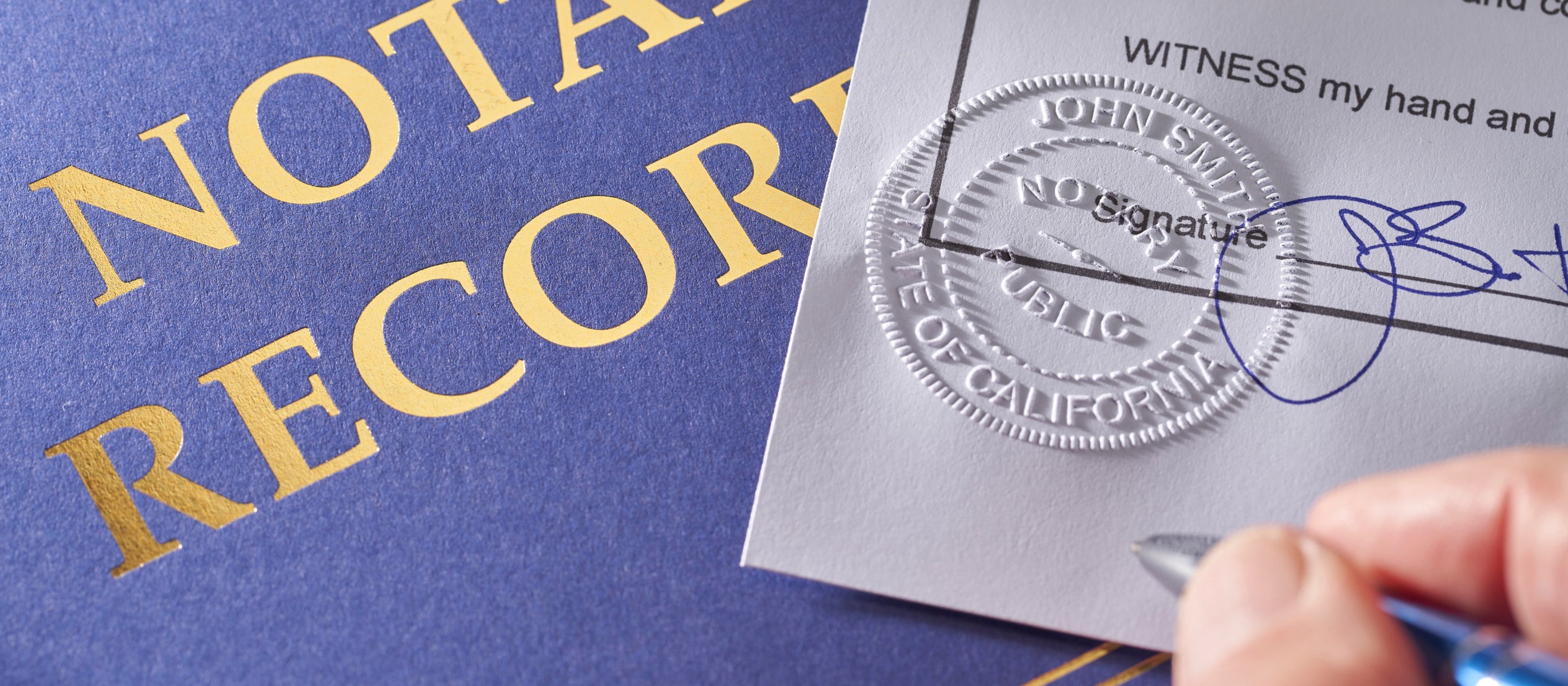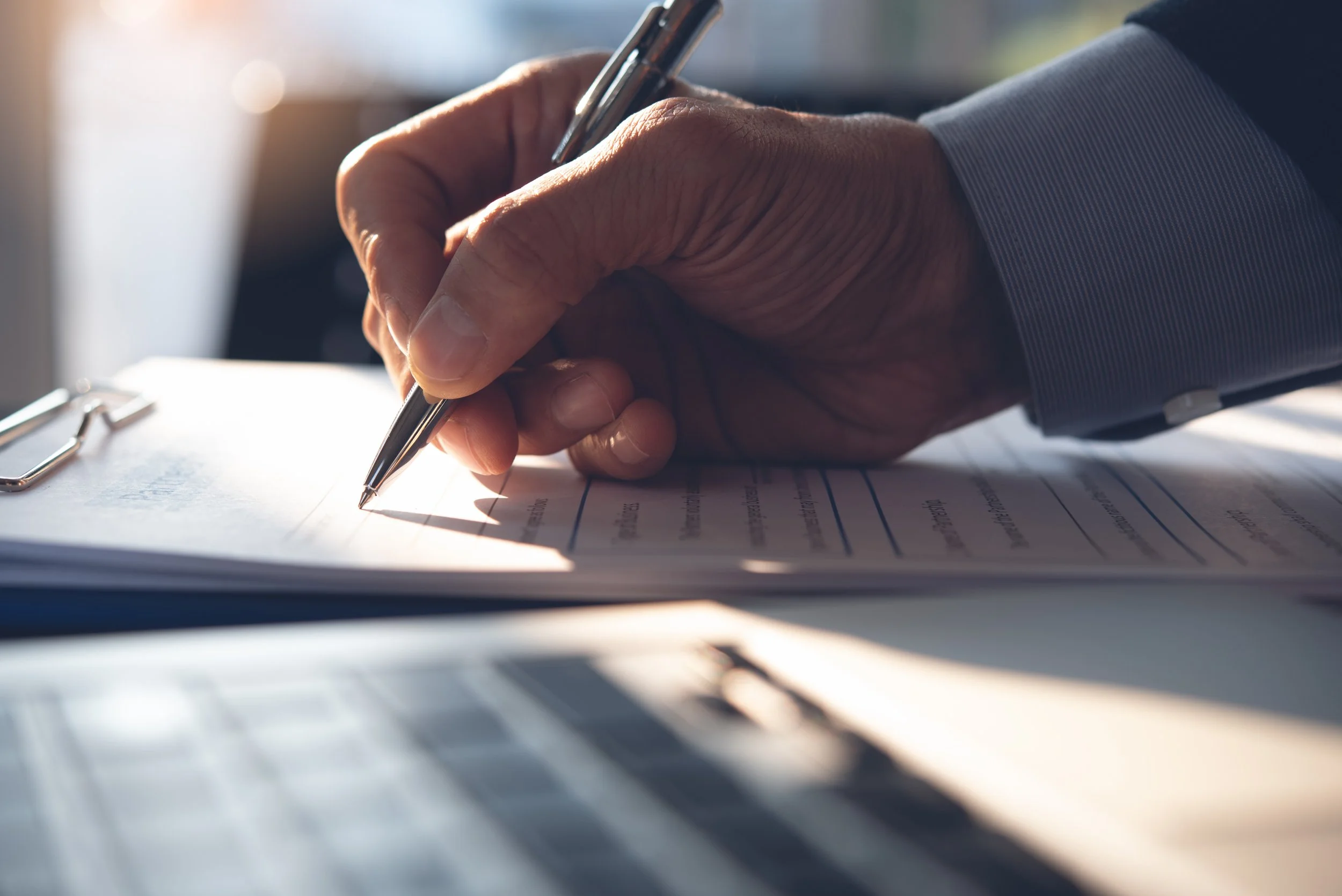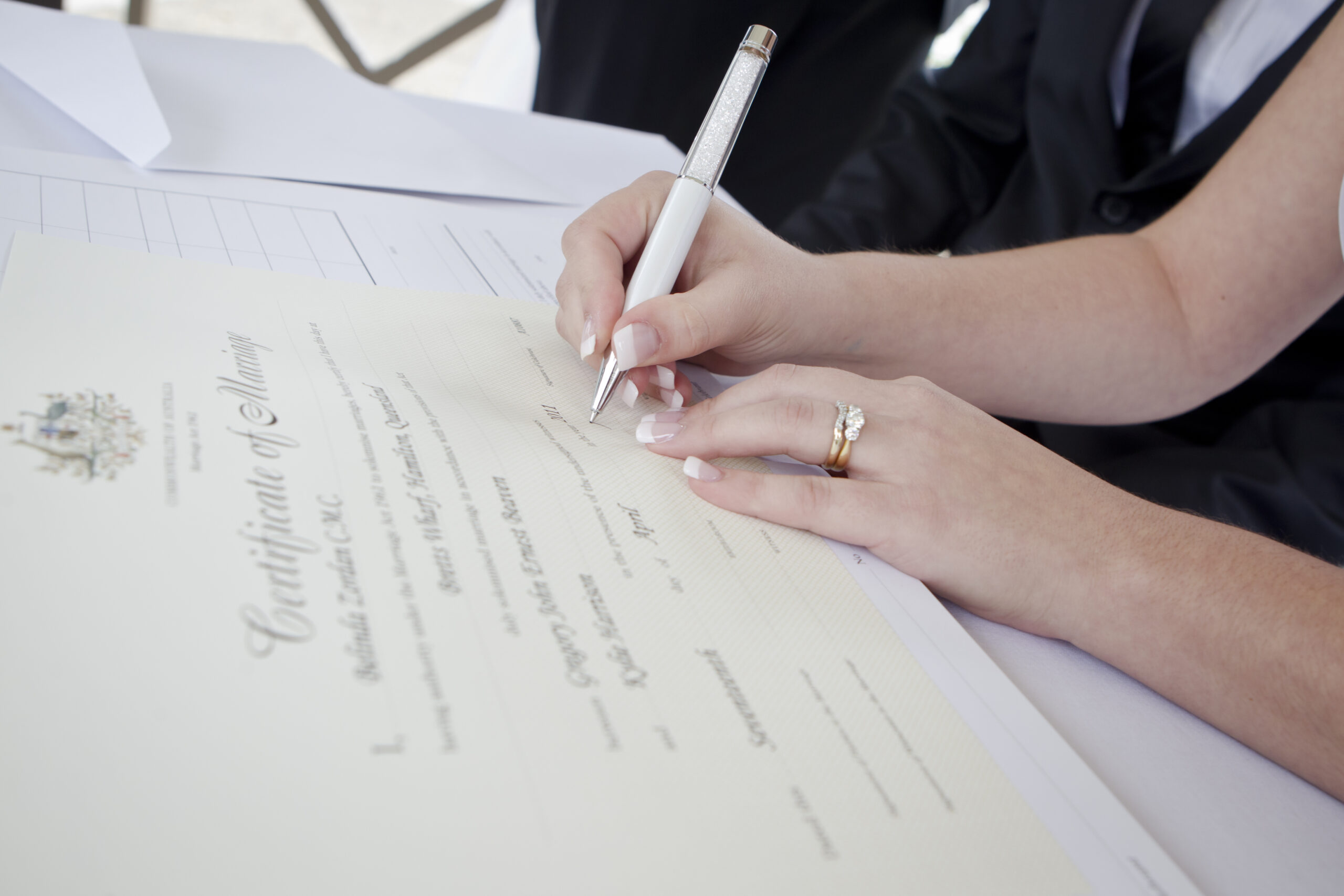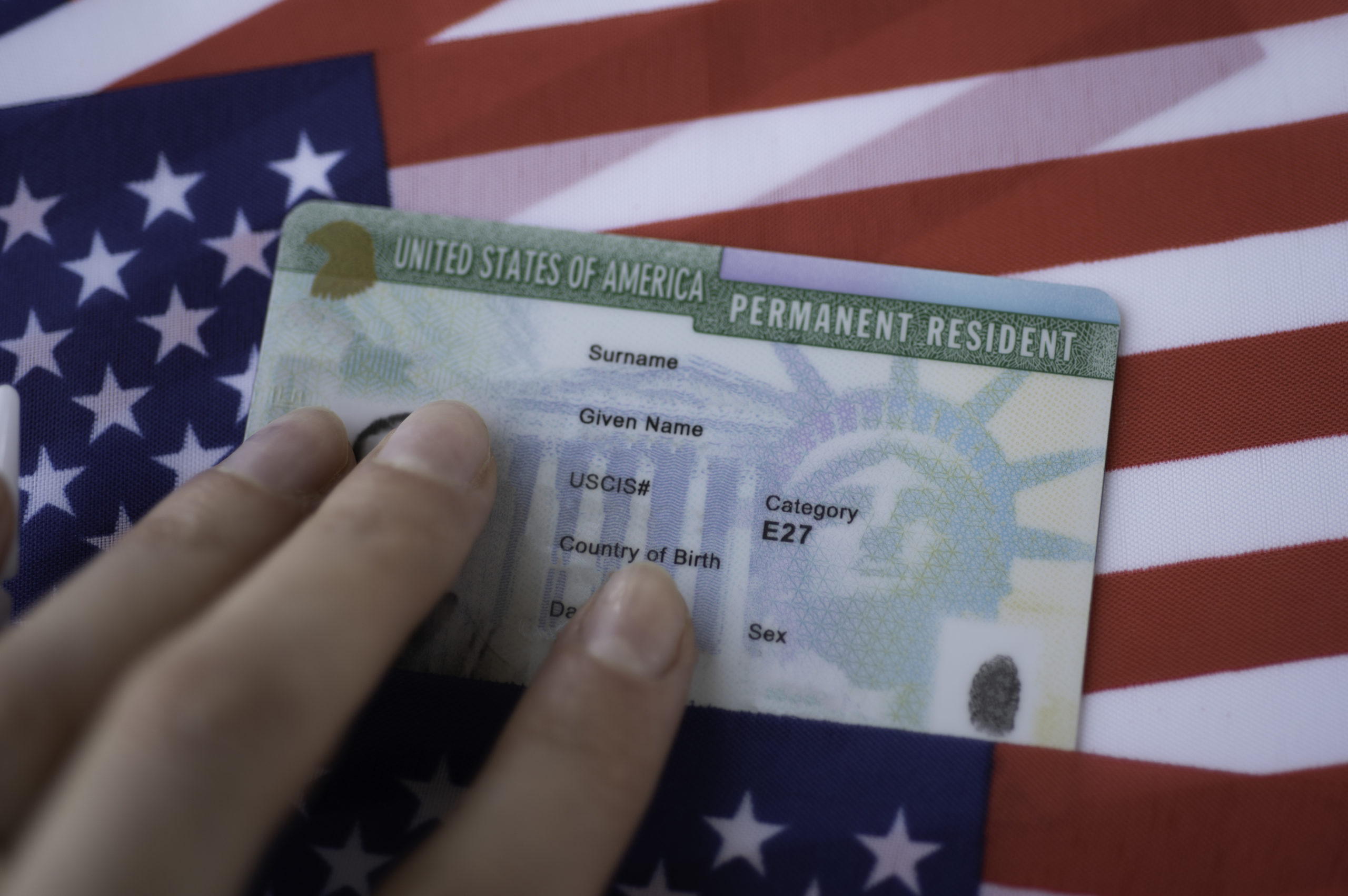Exhibitions are usually events held for specific industries or commodities. There are also comprehensive exhibitions that professionally introduce related industries and products. In order to facilitate foreign guests' understanding, the text and voice content in the exhibition often need to be translated.
1. Types of exhibition translation
Exhibition translation is mainly divided into interpretation and translation. The interpretation part includes accompanying translation and conference translation; the translation involves the translation of exhibition display boards, explanation notes and navigation signs. Many translators participate in accompanying translation not only to improve their skills, but also to obtain certain financial support in college life.
Exhibition translation services cover a wide range, including various types of information translation such as business exhibitions, legal exhibitions and technical exhibitions; on-site interpretation services such as exhibition negotiations, inspections, as well as consecutive interpretation and simultaneous interpretation; there are also translations of books, audio-visual materials, localization of exhibition websites and software, and translation of exhibition documents and academic papers.
Exhibition translation usually involves multiple languages, the most commonly used ones include English, German, Russian, Japanese and Korean. Whether it is written translation or oral interpretation, these languages have high professional requirements, and industry terms must be used accurately to ensure that there are no errors.
2. Fees for exhibition materials translation
The cost of exhibition materials translation is generally calculated based on the following factors:
Charging by word count: The common charging method is to charge by the word count of the translated document, usually per thousand words. The specific cost will vary depending on the difficulty of the translation, the language pair and the pricing strategy of the translation company.
Professionalism: If the material involves professional terminology in a specific industry, a higher level of translation service may be required, thereby increasing the price.
Urgency: If the customer needs to complete the translation task quickly, the translation company may charge an expedited fee.
Format and typesetting: If typesetting and format adjustments are required, the translation company may charge additional fees.
Translation time is usually affected by the following factors:
Translation difficulty: The complexity and professionalism of the material will affect the time required for translation. Technical content usually takes more time.
Translation quantity: The more words there are, the longer the time required.
Translator team: The team size and work efficiency of the translation company will affect the overall translation speed. Large companies may complete tasks faster.
Customer requirements: If the customer has specific time requirements, the translation company may speed up the process to meet the needs.
Usually, the translation time of exhibition materials may be between a few days and a few weeks, depending on the combined influence of the above factors.

